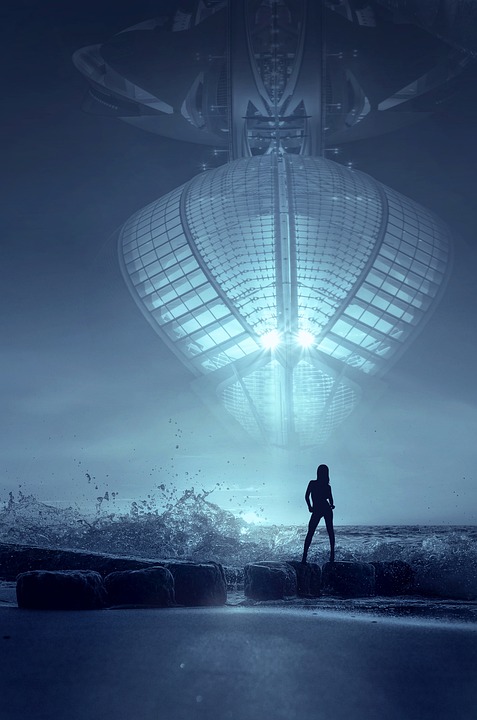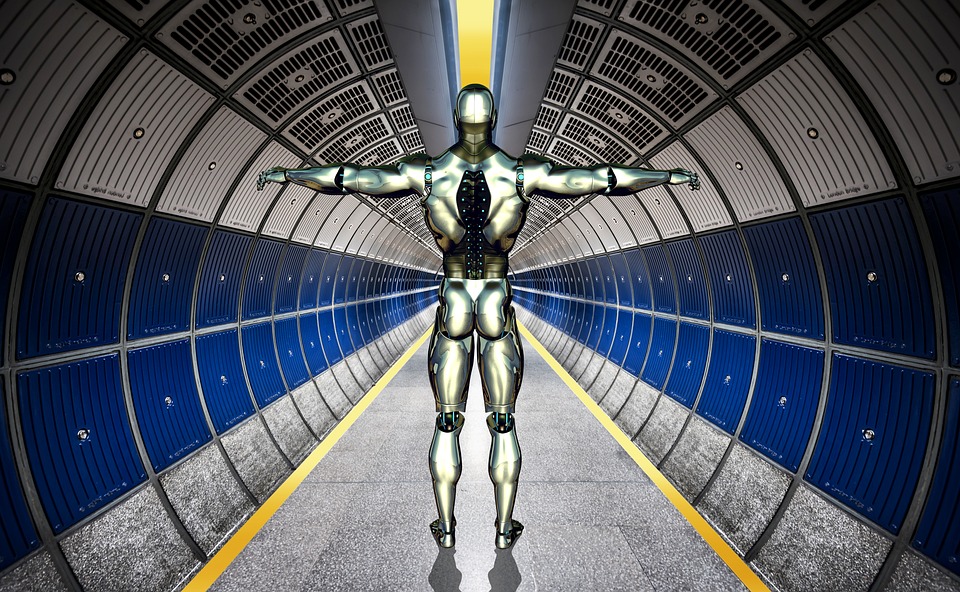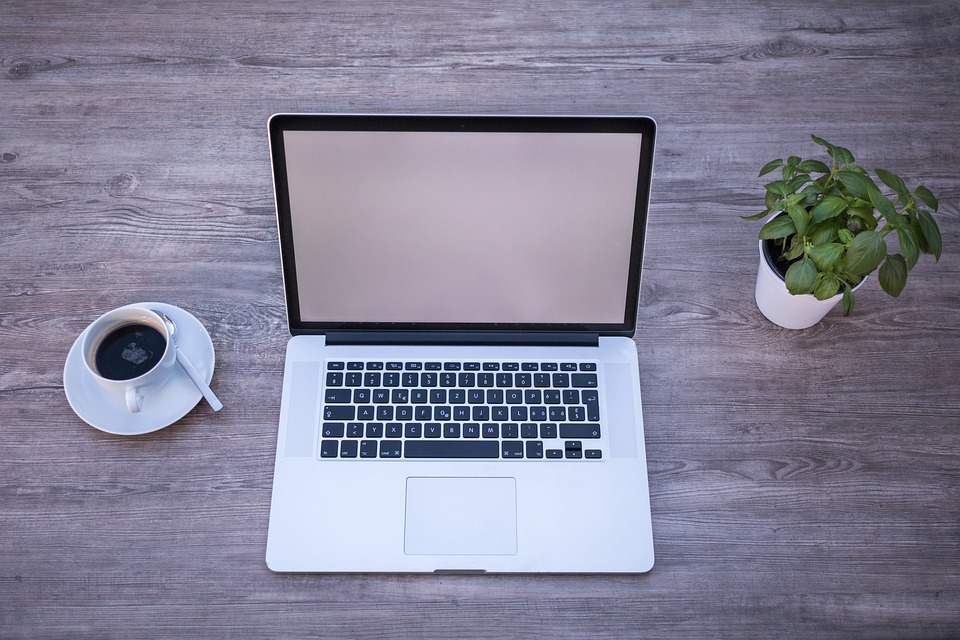Decoding the Magic: How AI Creates Stunning Art Pieces
Artificial intelligence has been making waves in the art world, creating stunning pieces that challenge our perceptions of what is possible in the realm of creativity. From intricate paintings to complex sculptures, AI has been pushing boundaries and redefining what it means to be an artist. But how exactly does AI create these mesmerizing art pieces, and what role does human creativity play in the process?
In this article, we will explore the fascinating world of AI art, from the technology behind it to the ways in which it is revolutionizing the art world. We will delve into the techniques used by AI to generate art, as well as the ethical and philosophical implications of this new form of creativity. Finally, we will take a look at some of the most stunning art pieces created by AI and discuss the future of AI art.
The Technology Behind AI Art
AI art is created using a technique known as generative adversarial networks (GANs). GANs are a type of machine learning model that consists of two neural networks – a generator and a discriminator. The generator is responsible for creating the art, while the discriminator evaluates the art and provides feedback to the generator.
The process begins with the generator creating a random piece of art, which is then evaluated by the discriminator. If the discriminator deems the art to be of high quality, it provides positive feedback to the generator. If the art is deemed to be of low quality, the discriminator provides negative feedback. This feedback loop continues until the generator is able to produce high-quality art without the need for human intervention.
One of the key advantages of using GANs to create art is that they can generate an infinite number of unique pieces. By tweaking the parameters of the generator, artists can create an endless variety of art styles and compositions. This allows for a level of creativity that is almost impossible for human artists to achieve.
The Role of Human Creativity
Despite the impressive capabilities of AI in creating art, human creativity still plays a crucial role in the process. While the AI is responsible for generating the initial art, human artists are often involved in the curation and selection of the final pieces. This involves identifying the most interesting and aesthetically pleasing pieces created by the AI and presenting them to the public.
Additionally, human artists can also provide input and guidance to the AI during the creative process. By tweaking the parameters of the generator or providing feedback on the generated art, human artists can influence the direction of the AI’s creativity. This collaborative approach allows for a fusion of human and machine creativity, resulting in art pieces that are truly unique and innovative.
Ethical and Philosophical Implications
The rise of AI art has raised a number of ethical and philosophical questions about the nature of creativity and the role of the artist. Some critics argue that AI art is not truly creative, as it is simply replicating patterns and styles that have been programmed into it. They argue that true creativity requires a sense of consciousness and intentionality, qualities that AI lacks.
Others counter that AI art can still be considered creative, as it is capable of producing art that is novel and unexpected. While the AI may be drawing on existing styles and techniques, the way in which it combines and interprets these elements can result in truly innovative pieces. Additionally, the collaborative nature of AI art, with human artists providing input and guidance, further blurs the lines between human and machine creativity.
Some also raise concerns about the potential loss of jobs in the art world due to the rise of AI art. As AI becomes more sophisticated and capable of creating high-quality art, there is the possibility that human artists may be replaced by machines. This raises questions about the value of human creativity and the impact of automation on the arts industry.
Stunning Art Pieces Created by AI
Despite these concerns, AI art has produced some truly stunning and captivating pieces that have captivated audiences around the world. One notable example is “Edmond de Belamy,” a portrait created by the AI artist collective Obvious. The portrait, which sold for $432,500 at auction, showcases the ability of AI to create realistic and emotive art.
Another striking example is the “DeepDream” project, created by Google’s AI research team. Using a neural network trained on millions of images, the project generated surreal and psychedelic artworks that have garnered a cult following. The intricate patterns and dreamlike quality of the art have made it a favorite among art enthusiasts and AI enthusiasts alike.
Future of AI Art
The future of AI art is exciting and full of possibilities. As AI technology continues to advance, we can expect to see even more innovative and groundbreaking art pieces created by machines. From interactive installations to virtual reality experiences, AI art has the potential to revolutionize the art world and challenge our notions of creativity.
One area of AI art that is gaining traction is the use of AI to create art in real-time. This involves using AI algorithms to generate art on the fly, responding to input from the environment or the audience. This dynamic and interactive approach to art creation opens up new possibilities for collaboration between humans and machines, creating art experiences that are truly immersive and engaging.
FAQs
Q: Can AI create art on its own, without human intervention?
A: While AI can generate art without human intervention, human artists are often involved in the curation and selection of the final pieces. Additionally, human artists can provide input and guidance to the AI during the creative process.
Q: Is AI art truly creative?
A: The debate over whether AI art is truly creative is ongoing. While some argue that AI art is simply replicating patterns and styles that have been programmed into it, others counter that AI art can still be considered creative, as it is capable of producing novel and unexpected pieces.
Q: What impact will AI art have on the art world?
A: The rise of AI art has raised concerns about the potential loss of jobs in the art world, as AI becomes more sophisticated and capable of creating high-quality art. However, AI art also presents new opportunities for collaboration and innovation, challenging our notions of creativity and artistic expression.
In conclusion, AI art is a fascinating and rapidly evolving field that is pushing the boundaries of creativity and innovation. By combining the capabilities of AI with human creativity, we are witnessing the emergence of stunning art pieces that challenge our perceptions of what is possible in the world of art. As AI technology continues to advance, we can expect to see even more groundbreaking and mesmerizing art pieces created by machines. The future of AI art is bright and full of possibilities, offering new avenues for collaboration and exploration in the art world.









